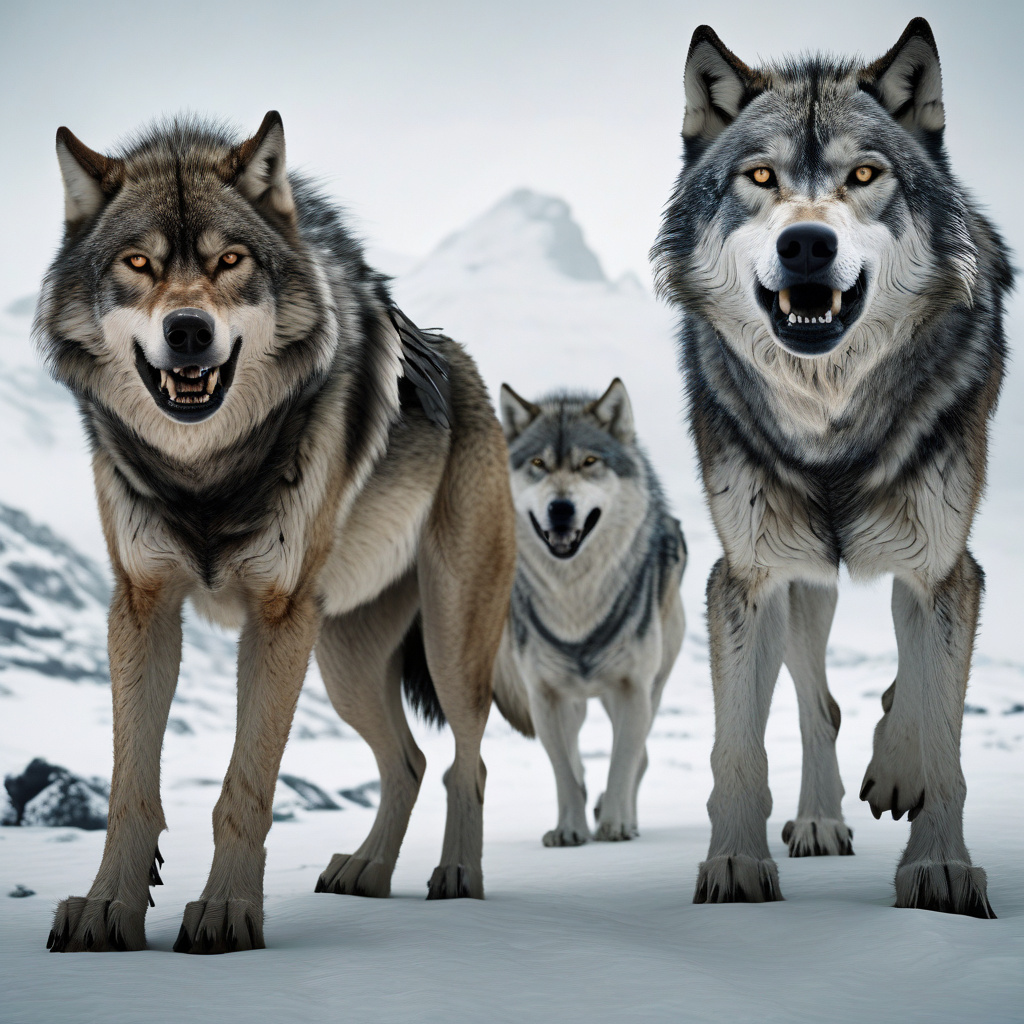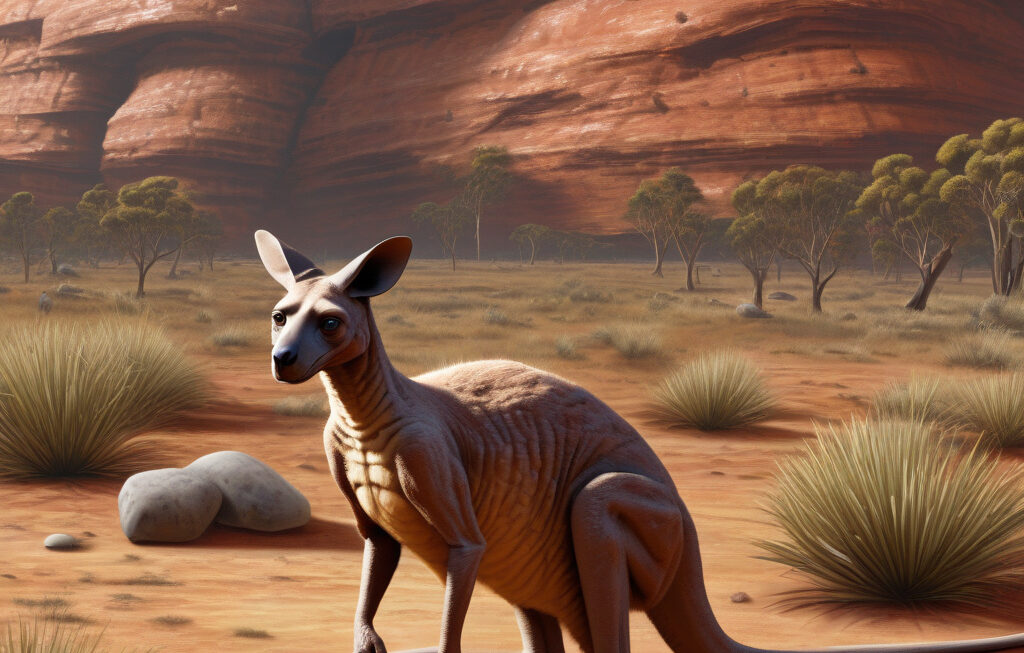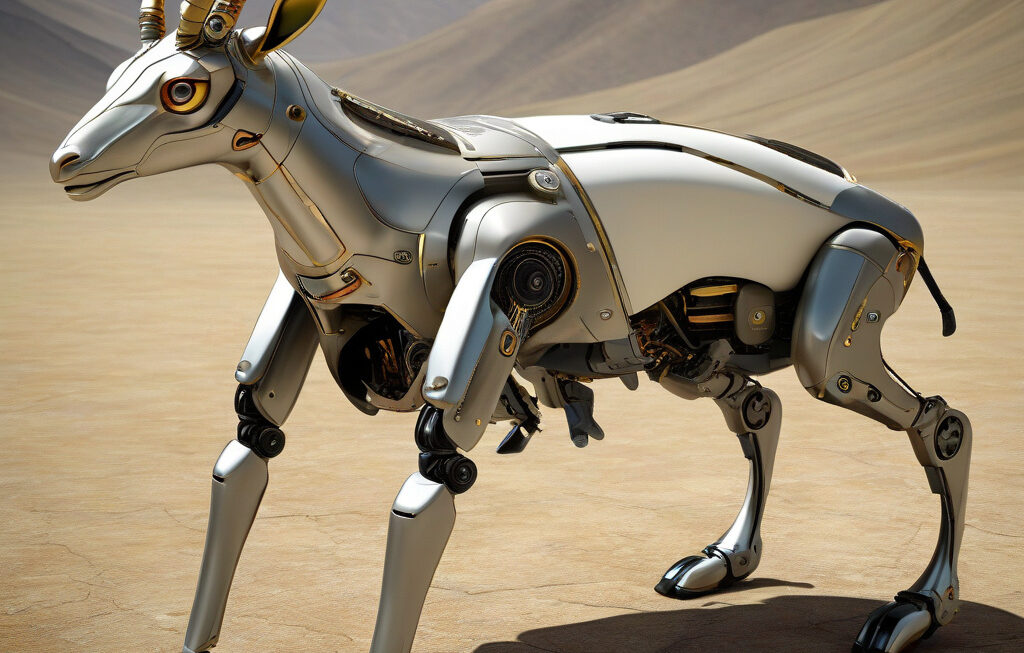Game of Thrones Dire Wolf De-Extinction Disputed: Colossal Pups Are Tweaked Grey Wolves
A bold claim by Colossal Biosciences has sparked worldwide attention — and sharp criticism from experts in the field of genetics and wildlife conservation. The company made headlines recently by announcing their ambitious plan to bring back the iconic dire wolf from extinction, inspired by the popular HBO series “Game of Thrones.” However, skeptics are quick to point out that the creatures being created by Colossal Biosciences are not true dire wolves but rather genetically modified grey wolves.
The dire wolf, known for its massive size and ferocious appearance, roamed North America during the Pleistocene epoch, alongside iconic megafauna such as mammoths and saber-toothed cats. While the species went extinct around 10,000 years ago, it has captured the imagination of the public through its depiction in “Game of Thrones” as the loyal companions of the Stark children.
Colossal Biosciences claims to have used cutting-edge gene editing techniques to modify the genome of modern grey wolves, giving them traits that closely resemble those of the extinct dire wolf. These “colossal pups,” as the company calls them, are said to be larger, more robust, and more closely resembling the fearsome creatures of legend.
However, experts are raising concerns about the ethical implications of bringing back extinct species through genetic manipulation. Dr. Emily Chang, a biologist specializing in conservation genetics, warns that the reintroduction of modified animals into the wild could have unforeseen consequences for ecosystems.
“Creating genetically engineered creatures for novelty or entertainment purposes sets a dangerous precedent,” Dr. Chang cautions. “We must consider the long-term impacts on biodiversity and ecological balance before pursuing such projects.”
In addition to ethical concerns, critics are also questioning the scientific validity of Colossal Biosciences’ claims. Dr. Michael Patel, a geneticist at a leading research university, points out that the genetic differences between modern grey wolves and extinct dire wolves are substantial.
“While it is theoretically possible to introduce some traits of the dire wolf into a modern wolf genome, the idea of recreating an exact replica of a long-extinct species is highly improbable,” Dr. Patel explains. “There are complex interactions between genes and the environment that we are only beginning to understand.”
Despite the controversy surrounding the dire wolf de-extinction project, Colossal Biosciences remains undeterred in their quest to bring back iconic species from the past. The company has hinted at plans to resurrect other extinct animals, such as the woolly mammoth and the dodo bird, using similar genetic engineering techniques.
As the debate over de-extinction continues to unfold, one thing is clear: the intersection of science, ethics, and popular culture is poised to shape the future of conservation efforts in unprecedented ways. Whether Colossal Biosciences will succeed in their ambitious endeavor to revive the dire wolf remains to be seen, but one thing is certain — the world is watching.
#GameOfThrones, #DireWolf, #DeExtinction, #ColossalBiosciences, #GeneticEngineering












